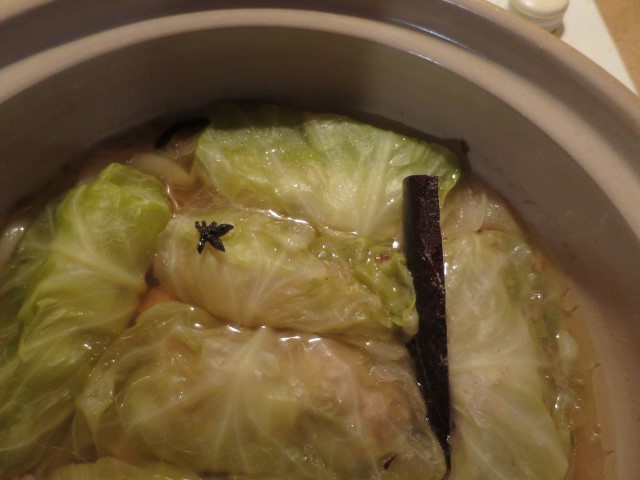
Eurasian food is my childhood comfort food. I grew up being immersed in my family culture and heritage. Deep in the heart of Singapore, lies a cuisine not many people have heard of .. until now! Back in the 70s and 80s, Eurasian food was unheard of unless you knew a Eurasian family. And I have fond memories especially when my mom and relatives took special care to prepare these food days in advance for our Christmas and Easter celebrations.
In this second series of articles, on my Eurasian Heritage, I invite you to come along with me as I share the history of my Eurasian Cuisine. And why I feel the need to pass on this tradition of cooking our Eurasian Cuisine, to the next generations.
What is Eurasian Food
Eurasian food is the use of mixed European and Asian ingredients to marinate meats for a traditional method of cooking. A simple blend of spices used to delicately marinate meats, after which we cook it to perfection, using various cooking methods introduced by the Portuguese. As a child, I spent much of my time learning to cook Eurasian food, Cumiria di Kristang .
While these days, we see many fusion mix in cooking or the use of various ingredients, much of the traditional method of cooking is loss in the process. Easy to cook meals are great but when you try the traditional cooked meals, you’ll never want to cross use various ingredients. The choice belongs to you alone.
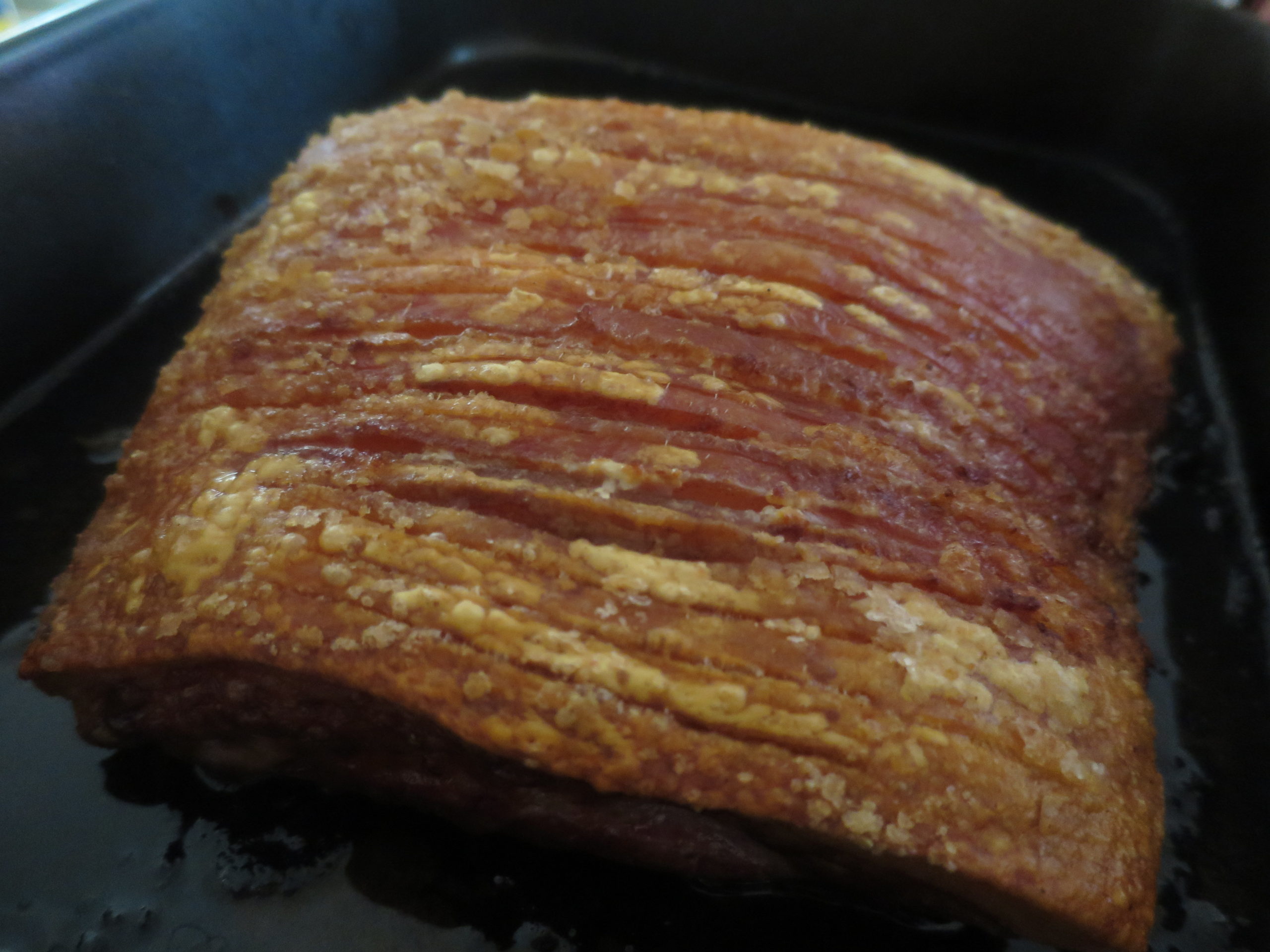
Eurasian cuisine has its influence from various cultures such as Malay, Indian and Peranakan (Straits born Chinese) with it’s early history in Malacca. The locals introduced the use of lemongrass, galangal, ginger or tamarind and even alcohol to give rich flavors to curries, and sambals which is a mixture with chilies and garlic or shrimp paste, with veggies and soups. These exotic flavors are hidden jewels, specially prepared dishes cooked with love.
There is no secret on how much we love using garlic, chillies and onions as a base for many of our Eurasian food. I love using lemon, lime and vinegar to marinade the meat and to lift the flavor . These ingredients introduced by the Portuguese became a staple flavor in Eurasian homes. I learned to prepare the ingredients and to cook the cuisine from scratch with my mom’s guidance.
Eurasian Food: Home is Where the Heart Is
Everyday after school, I’ll rush to catch a bus home, wondering what my lunch would be.
One of my most treasured memories of my many years in school, is coming home to a delicious meal and a tall glass of iced milo prepared by my mom. It was her way of showering me with love.

My mom took time to pass on her cooking skills to me. “As a Kristang, you must know how to cook our Eurasian food and speak the Kristang Language.” Of which now, I can do both.
Mom made sure I learn to cook light fluffy rice to compliment the flavor of our curries and stews. She went a step further to teach me the skills behind her method of cooking. A tradition passed on from my grandmother and great grandmother.
The Art of Using Senses
When I was six, I sat on a chair in the kitchen with mom to watch her cook while she instructed me.
Do you smell the flavors combined? Then you add the meat so the rempah, meaning mixture will not get burnt. Make sure you taste the food, when it taste rich and creamy, then you will know the next step. Listen to your instincts. Cooking done in an earthen pot, brings out the best flavors.
Mom always said .. When you know the art of cooking, you can cook any recipe and it will taste delicious.
Comfort Food to Warm the Soul
Each Eurasian family has their own distinct flavors and style of cooking. If a parent passes down one recipe to her 10 children, each dish cooked between them will have a new distinct flavor suited to the individual palate.
Many Eurasian women are good cooks, taking pride to guard their recipes and sharing only within the family or they took it to their grave. And along with that, our heritage slowly disappeared from the next generation.
Empower a Sense of Identity
I openly share my cooking skills, taught to me by my mom to my children. Traditional recipes which includes Eurasian tradition of marinating and cooking, gives the next generations one important value. A sense of knowing who they are and aligning them to seek their highest truth from within.
What do you share in the process? You give your children a sense of belonging to something greater. You show them how they came to exist, from the struggles of their ancestors and the love of those who came before them. They learn to appreciate their worth in all of this.
In a world where everyone wants acknowledgement and to be seen, we tend to lose our sense of identity. Don’t lose this connection with the next generation because they will lose their essence of knowing who they are.
My Family Recipe
Yo sa Kuzinya Familia
I’ve grown up eating Eurasian food such as curry debal, which is one of my favorite dishes. Cooked on the second day of Christmas using left over roast meat from the day before. My mom uses smoked roast ham as it gives the curry a rich flavor.
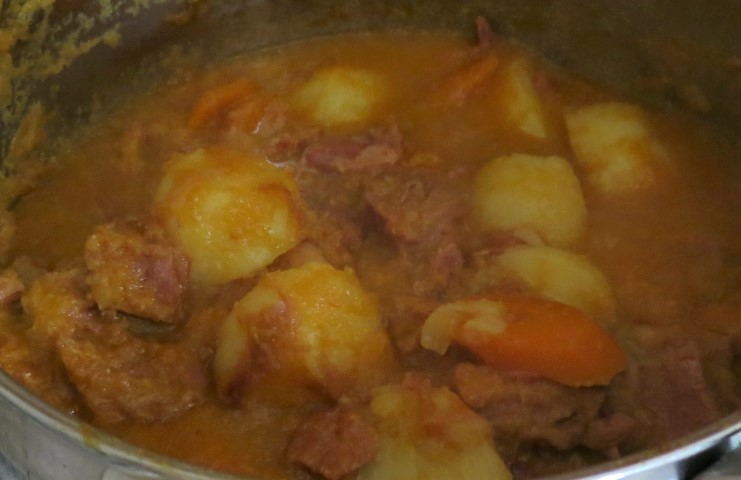
Mom always cooked my favorite dishes—Oxtail Semur, a stew, Teem, a Sherry flavored soup cooked with Anise, curry pimenta, a spicy pepper curry, Seybah, pork, tofu and boiled eggs meat braised in spices giving it a sweet flavor. The recipe for Ambilla Kachang, a beef curry with long beans is from my grandmother. My mom often uses this particular recipe as a base for most of her curries.
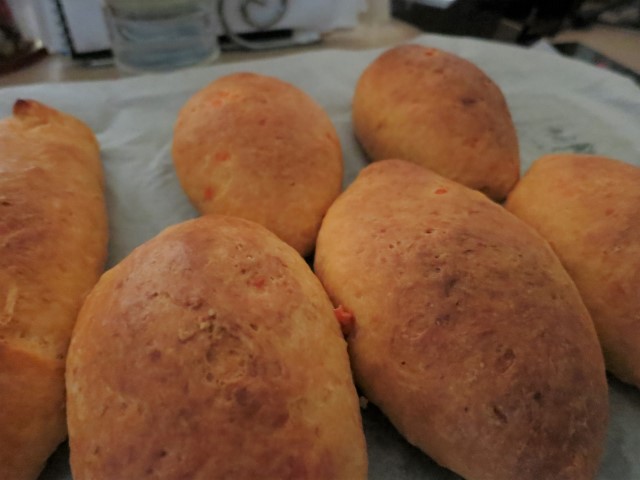
Pang Susi is another favorite of mine, it is a sweet potato bread with meat fillings. One of my mom’s signature dish that she passed down to me is her style of making cabbage rolls.
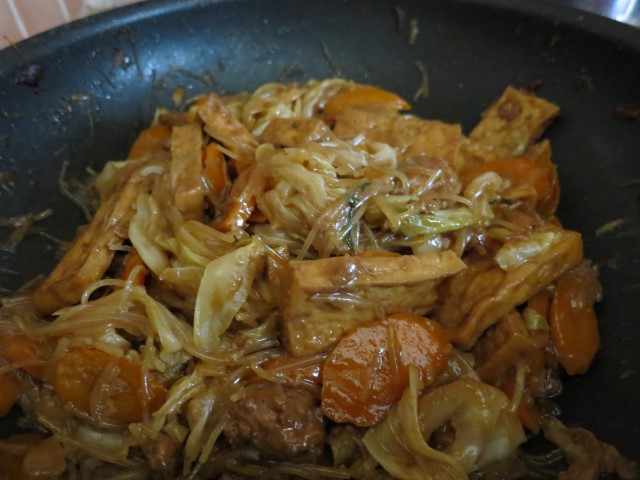
My Sugee Cake, a semolina buttered cake is a recipe given to me by a cousin. I often baked it for special occasions and it taste yummy!

Memory Triggers
Mom cooked simple everyday meals for me, many were fish dishes. My favorites included Chuan-Chuan which is fried fish with a sort of gingery sauce flavor. Chincharu chilli belachan is fish cooked with chilli shrimp paste. Soy limang is simply a lime soy sauce poured onto fried fish.
The aroma of spicy, tangy, sweet and sour dishes warms my heart and takes me back in time. Nothing better than to come back to a home cook meal after a hard days work.
Every spoonful felt like a warm hug from my mom. And all my challenges of the day melted away with every mouthful of delicious food. There are two things that bring us together and creates a future memory. Great food shared with good company, our loved ones.
One thing I’ve learned and carried throughout my life from my childhood years is gathering together and sharing a meal as a family. How are you sharing your heritage and culture with the next generation?
